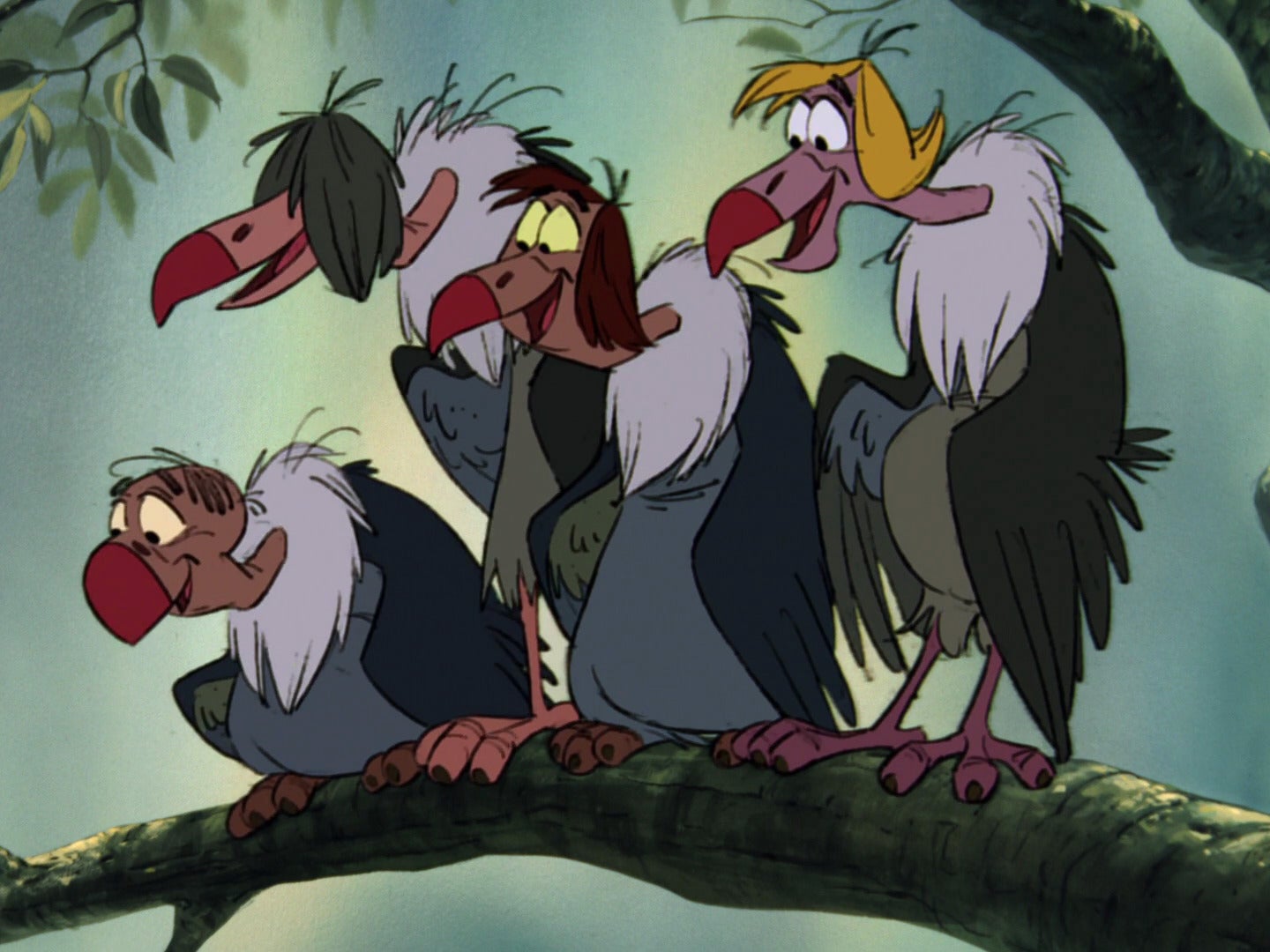Yep that's a common buzzard! You can see them coasting around the whole of East Anglia now. They are a fantastic conversation story because go back 25-30 years ago and to see one in the air in this region would have prompted a flock of birders and been quite a sight. Now you can often hear them calling (they've quite a loud keying call that carries well) and you might sometimes see two or three in the same area very easily. They've repopulated very well!
If you can get hold of a copy of the Colins Bird Guide for Britain and Europe. It's a detailed neat guide with very clear drawn plates of the birds alongside common features, regions they are seen in, habitat and basic info. It's a very popular guide with many birders because its simple and easy to use and most times it will get you the bird or very close to it.
With this bird you can discount quite a few of the eagle, vulture, osprey such birds by the beak shape and colour alone. The legs are also a good sign as they are long, clear of feathers on the lower part and yellow (in the Colins book the osprey has greyer legs). Tail shape, feather pattern and underwing are all important aids in identifying, though when you get younger birds they can be a far more mottled plumage which can make them look quite similar to several species at the same time - mature adults are often far easier.
You can also discount the sparrowhawk because its mottled pattern is far neater and in more ordered lines across the body
I'm no expert at all but I'd say this could be a young lighter bird common buzzard based on the pale forewing of the underwing.













![[No title]](/data/xfmg/thumbnail/35/35665-6506470fd930bd101375a007d572615a.jpg?1734167295)
![[No title]](/data/xfmg/thumbnail/35/35664-428352d20c8015248f9625e246c3581c.jpg?1734167294)
